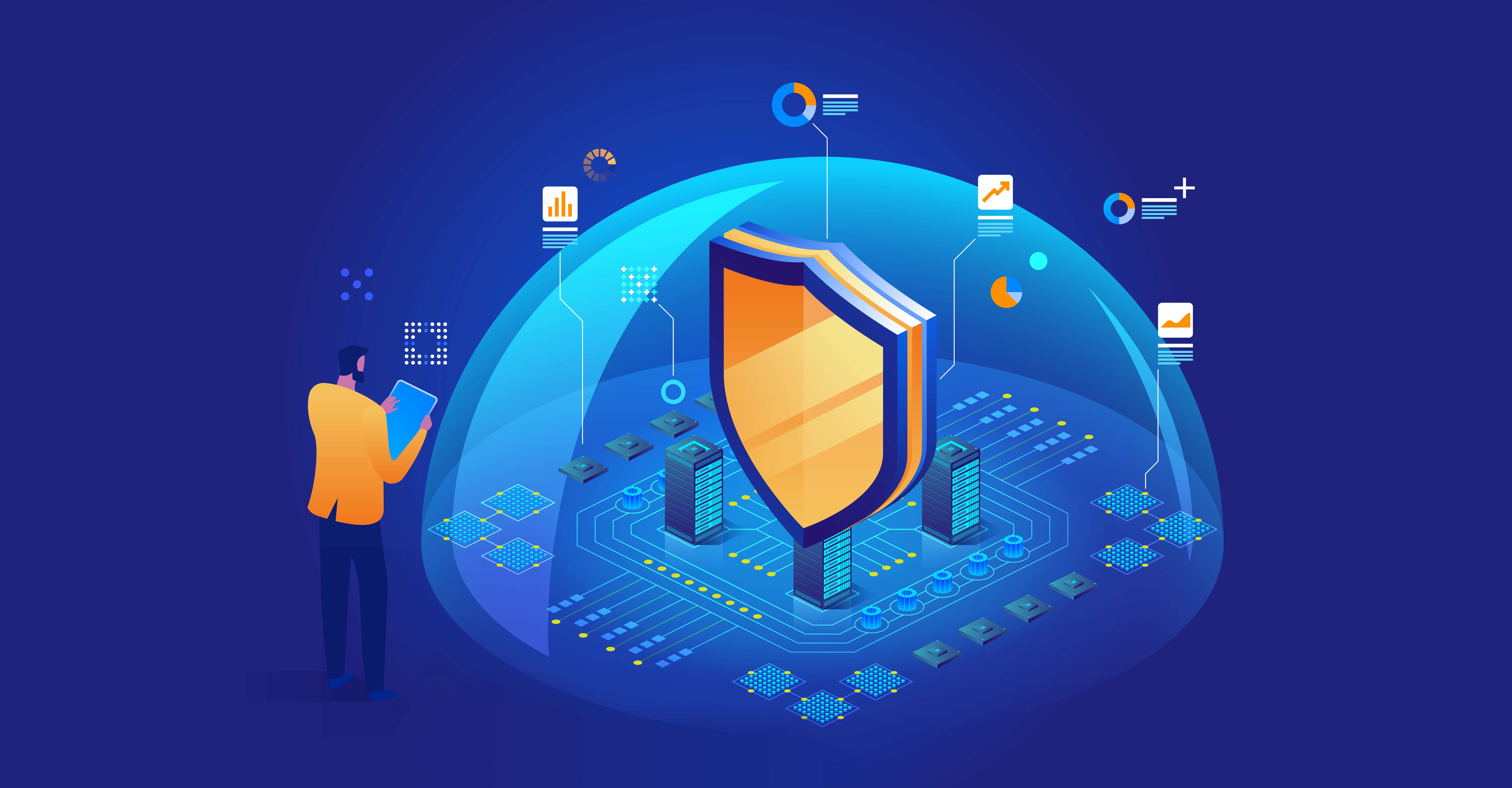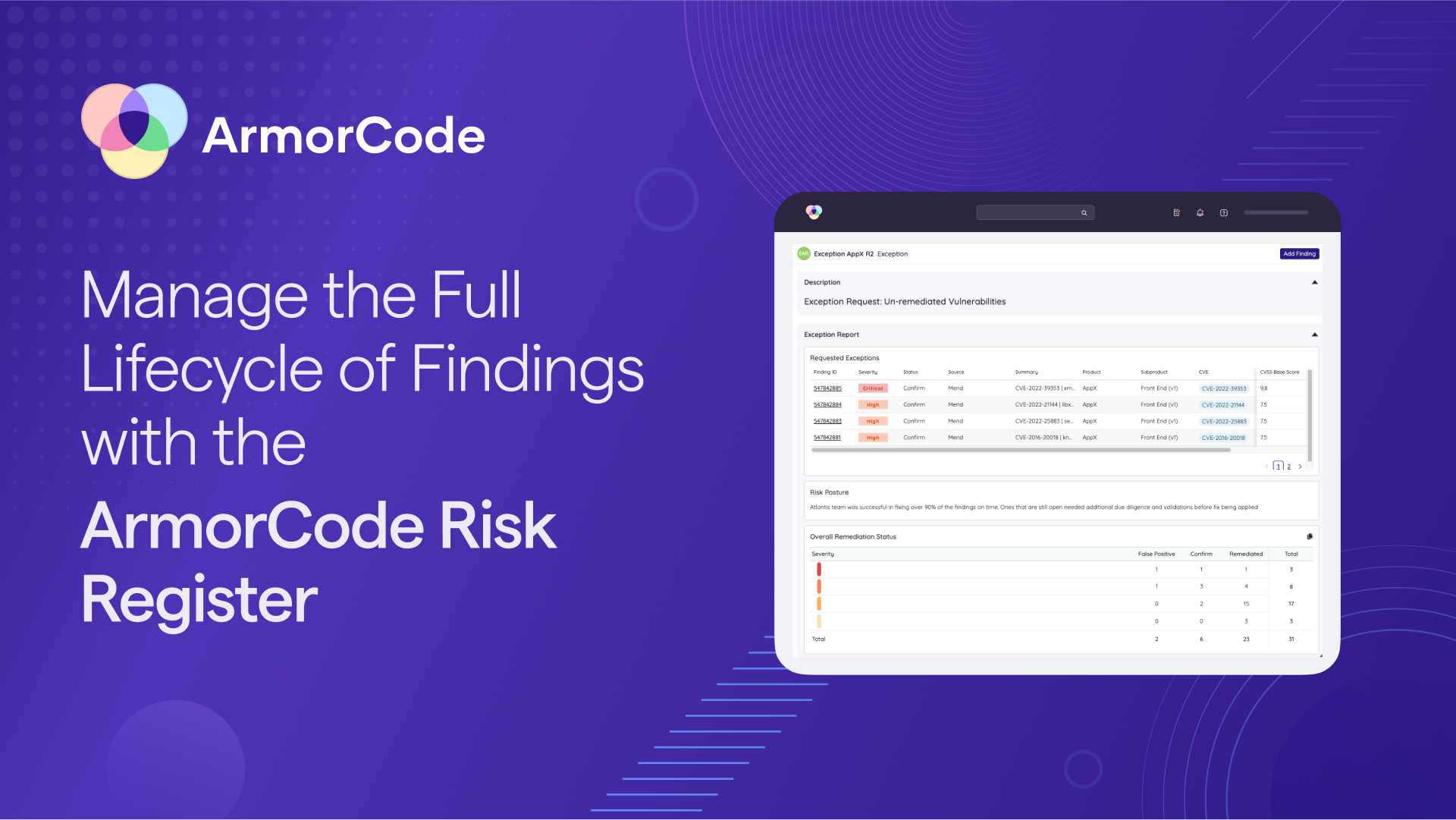How to Use AppSec Maturity Models to Determine Software Security


Software is the alpha and omega of today’s digital landscape — and that’s why ensuring top-tier AppSec maturity is key to protecting your online business from criminal attacks. Here’s what neglecting your Application Security posture management program could look like:
- As per a Veracode report, applications are the #1 attack vector for malicious hackers targeting data breach
- Another 2021 IBM report has stated that cybercrime attacks have peaked since the pandemic, costing businesses $4.24 million per attack, on average
Amidst such a vulnerable scenario, companies should acknowledge application security as more than a standard security norm; basing it on tried-and-test models (BSIMM, OWASP SAMM) is just as necessary for success. Other aspects, including competitor analysis and consistently measuring KPIs, also come into play for continuous improvement.
The Top Factors Involved in Structuring an AppSec Program
So, how do you develop an effective AppSec program? Where do you start?
The first step is always leveraging any proven SAMM framework to create, initiate, measure and mature the program. Here’s a list of the other key components to keep in check in terms of application security:
- Creating an application catalog, ie., an inventory for your company’s app that would assist in risk-based decision-making, testing, remediation, and other key activities
- Adopting a secure SDLC methodology to address the underlying security threats across all stages
- Educating the staff about IT security awareness to build a team of security champions
- Utilizing a risk ranking analysis to understand the different types of data encryption and transmission needed
- Developing an Application Security program checklist while getting started to identify and fill any gaps mid-way or to evaluate whether you’re on the right path
What do AppSec Maturity Levels Look Like?
A Forrester Research report states that maturity goes beyond just dispatching app protections or integrating security tools. Here’s what AppSec maturity looks like, along with the best tools and practices:
Early-stage Discovery
This step involves implementing risk assessments and threat intelligence tests to identify the possible security implications that the product team might’ve overlooked during early development.
Detection of Vulnerabilities
The security engineer runs testing tools and techniques to ascertain which one is ideal for threat detection. Using vulnerability scanning and patching tools help in continually monitoring any newly discovered threat with higher accuracy.
Addressing & Fixing Software Security Issues
Deciding which vulnerabilities impose high-security threats can get difficult, once scanned. Software engineers use proof-based scanning practices to find real, high-severity issues. The data is transferred to the developer's team with proof of value to begin fixing.
Integrating & Automating Security
Developers employ a wide range of automated threat-analysis tools (SAST, DAST, SCA) in the CI/CD pipeline, along with penetration testing for a secure SDLC. This way, rather than “shifting left”, the dev team can “shift everywhere” to ensure the right test is ongoing at the appropriate time.
Consistent Optimization/Maintenance
The ultimate stage to securing the SDLC involves continuous security testing — here, AppSec experts are distributed to the Developers team. The core team now focuses on high-level vulnerability management, improving the AppSec structure, training staff, establishing policy, and other complex operations instead of manually going through scan results.













